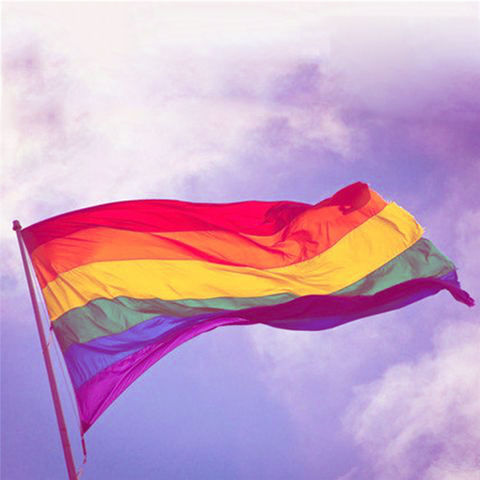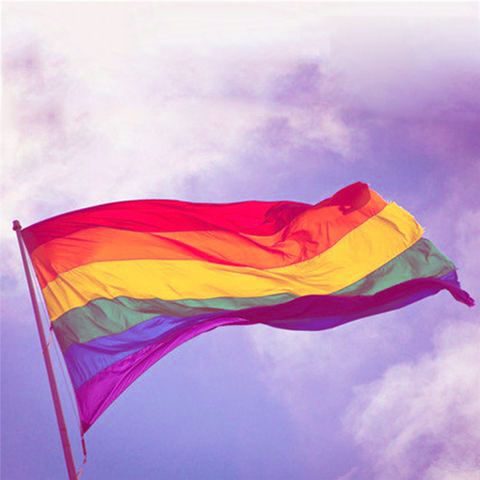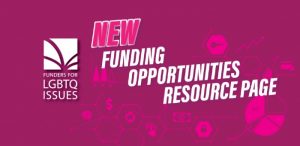
The Advocate: Digging for Dollars
The Advocate: Digging for Dollars
By: Andrew Wallace on November 6, 2016
The Christopher Street pier is a favorite hangout for many gay youths of color in New York City — a place they can “truly be themselves,” as the narrator of the documentary Fenced Out puts it. The film, produced in 2001 by a small LGBT nonprofit called FIERCE, is a major part of the group’s campaign to save the pier from Manhattan’s relentless redevelopment. Another FIERCE initiative? Training LGBT kids of color to be strong advocates for their rights through workshops on political education and activism.
But FIERCE’s work requires money, and securing funding is “challenging,” says its executive director, Rickke Mananzala. “Some philanthropic foundations choose not to support us because we don’t neatly fit into an LGBT issue or people-of-color issue,” he says. Many of the larger grant makers are “invite-only,” and FIERCE is “very much outside of their scope.”
According to a new report, that’s often the case for groups that help gay people of color. In its “report card” on race released this month, the philanthropic research organization Funders for Lesbian and Gay Issues reveals that only 8.8% of all funding for LGBT causes in 2006 went to groups targeting people of color like FIERCE — even though blacks, Latinos, biracial people, and other minorities make up at least one quarter of the U.S. population, according to the 2006 Census. Out of 19 prominent foundations reviewed — whether LGBT-specific ones like the David Geffen Foundation or ones with broader missions such as the David Bohnett Foundation, which finances social activism in general — only nine awarded grants for race-related issues in 2006. Of the 10 who didn’t award a single grant to people-of-color groups that year, four hadn’t awarded any grants at all to these groups in the preceding five years.
Svati Shah, a specialist in race, sexuality, and gender at New York University, says the report should be a “wake-up call” for foundations. “Many of them need to realize that the groups they are funding may be predominantly white,” says Shah, who has been an adviser to Funders.
The stark funding imbalance is partially due to many foundations’ preference for giving grants to organizations with a national presence — and groups focused on people of color tend to be small community-based outfits. “Before an application process can even begin, many organizations are immediately ineligible for support,” says Mananzala of FIERCE.
But the disproportionate grant allocation can also be chalked up to the overwhelmingly white leadership at most foundations. Of the 19 grant makers represented in the Funders’ survey, 80% have white men as board chairs or cochairs. That makes for a certain “one-dimensional” funding approach, says Robert Espinoza, the report’s author, who is director of research and communications at Funders. “Everybody agreed that issues such as diversity and inclusivity are really important, yet it’s not happening,” Espinoza says of the decision makers he spoke with.
Though neither he nor his report would name names, Espinoza has some advice for the foundations showing little or no financial interest in minority gays and lesbians: They need “to figure out how to bring people of color into their leadership positions.” It’s the only way to achieve racial parity, he says.
Of course, some of the funders in the report already do that, such as the Astraea Lesbian Foundation for Justice. A FIERCE funder, Astraea gave 42 grants in 2006 supporting LGBT people-of-color organizations and projects in the U.S. — more than any of the foundations assessed—for a total of $716,250. By its own mandate, at least 50% of its board must be people of color, according to executive director Katherine Acey.
Though Funders has been around since 1982, the group is raising its profile this year with this report and others, part of its new “Racial Equity Campaign.” The aim? To increase giving to such groups to at least 15% of total LGBT funding by 2011.
Meanwhile, the work of FIERCE and other groups like it goes on, despite the difficulty obtaining resources. As Mananzala says: “Our communities don’t have the option to separate LGBT issues and people-of-color issues in their day-to-day life.”


